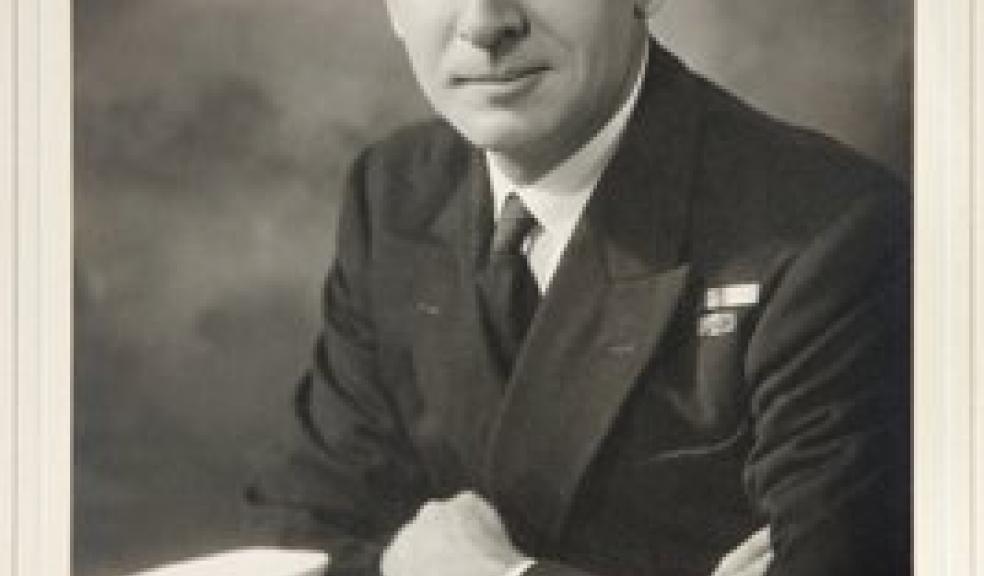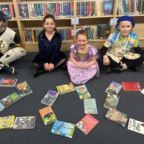
Researchers crack MI9 codes to reveal PoWs' wartime requests
Hidden messages locked in coded wartime letters have been revealed for the first time in 70 years by academics at Plymouth University.
Mathematicians, historians and geographers have worked together to crack codes used by MI9 to conceal information going in and out of prisoner of war camps across Europe during the Second World War.
They give a fascinating insight into how the Allies were trying to engineer escapes from the camps, but also show the PoWs were passing on vital military intelligence to their commanders back in London.
It has also for the first time enabled the family of a former code writer to understand the secret messages he had hidden in his letters home during the war.
Dr Harry Bennett, Associate Professor of History at the University, said: “Coded messages played a huge part in the war effort on both sides, as they were undoubtedly the best way to get messages or instructions through. The MI9 code was especially important, as their chief mission was to source equipment and supplies for prisoners of war who would then attempt to orchestrate an escape. But from these letters we now know they were also passing on information about key German sites, such as munitions dumps. The letters go to emphasise just how invaluable the code writers were to the Allied war effort.”
The research project was instigated by Barbara Bond, a Pro-Chancellor at the University, who is currently working on a PhD about the silk maps created by MI9 as part of their escape plans.
During a conversation with University governor Stephen Pryor, she discovered his late father John – a Sub-Lieutenant captured while trying to evacuate soldiers from Dunkirk - had written a number of coded letters from German PoW camps.
Despite several efforts they failed to decipher the codes, and turned to Mathematics Professor David McMullan who, using the little information known about MI9 codes, painstakingly went through John Pryor’s messages and managed to find their well-hidden contents.
He revealed there were certain signals which indicated whether or not a letter contained messages, and then within them the coded words alternated every fourth and fifth word.
However, if those words happened to be “but” or “the” it then triggered an intricate alphabetical sequence and, in John Pryor’s letters, he used this code to hide requests for items such as maps and passports.
Stephen Pryor said: “I had known for 30 years that my father had these letters, but he could not remember the full code and so their contents lay hidden. His letters from the camps were always addressed to my grandfather but would have already passed through German and British censors, the latter picking up any coded requests. My father was among the tens of thousands of young men who as PoWs lost the best years of their youth and could never hope to regain them. But I can now see that despite their plight, he and his peers took incredible risks and it has only made me admire their resilience and ingenuity even more.”













